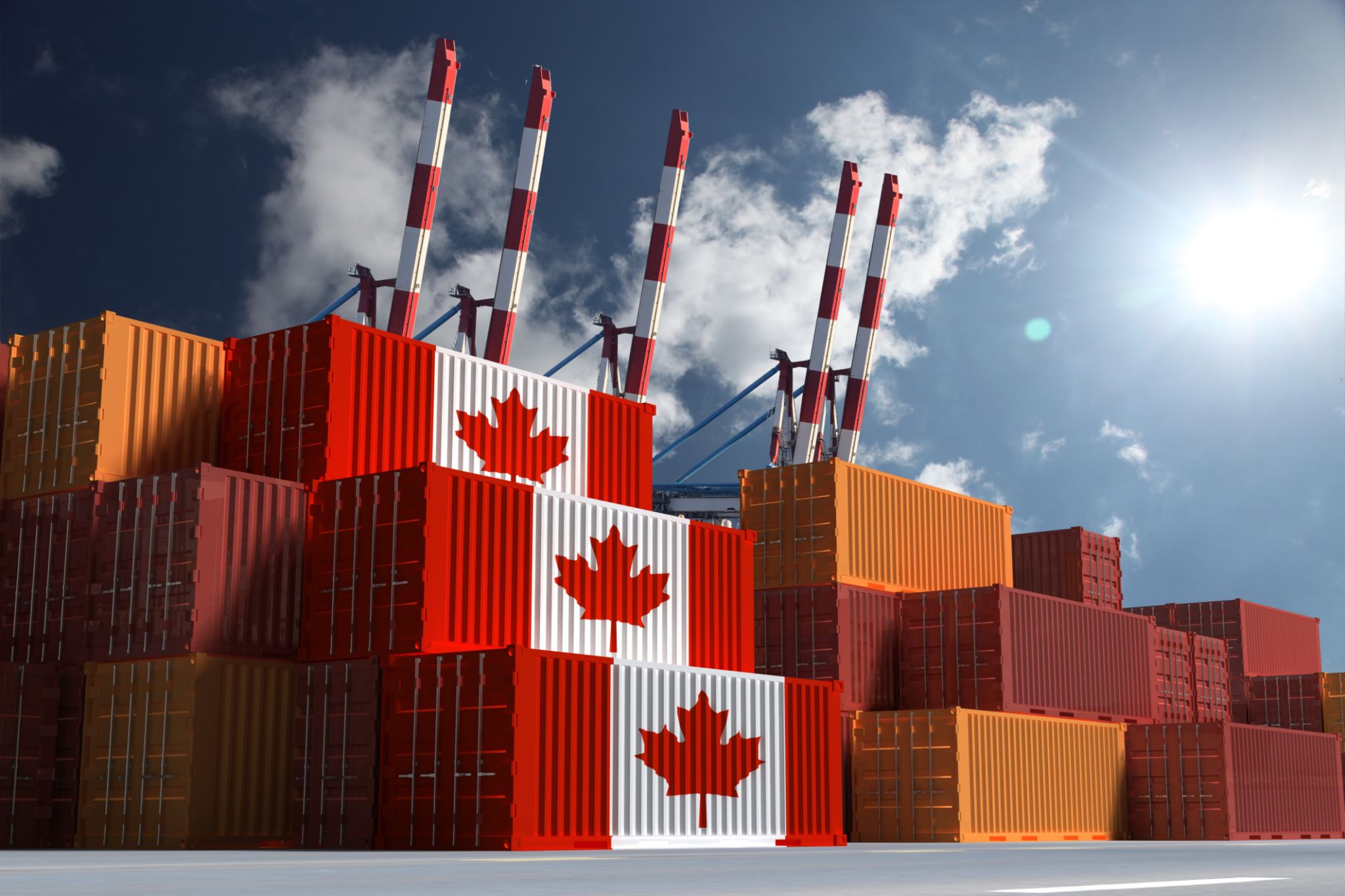Understanding International Trademark Protection: A Guide for New York Businesses
Introduction to International Trademark Protection
In today's globalized economy, protecting your brand across international borders is crucial for any business. For New York companies looking to expand their reach, understanding international trademark protection is a vital step in safeguarding your brand's identity and reputation. This guide will provide you with key insights into how international trademark protection works and what it means for your business.

Why International Trademark Protection Matters
One of the main reasons to consider international trademark protection is to prevent unauthorized use of your brand's identity in foreign markets. Without proper protection, competitors or counterfeiters may exploit your brand, leading to potential loss of revenue and damage to your reputation. By securing international trademarks, you can maintain control over your brand and ensure that your products and services are uniquely yours.
Moreover, having a strong trademark portfolio can enhance your business's value and provide a competitive edge in the market. It demonstrates to potential investors and partners that you are serious about protecting your intellectual property.
Understanding the Madrid System
The Madrid System is a convenient and cost-effective solution for registering trademarks internationally. Managed by the World Intellectual Property Organization (WIPO), the system allows businesses to apply for trademark protection in multiple countries with a single application. This streamlined process saves time and resources, making it an attractive option for businesses looking to expand globally.

How the Madrid System Works
To utilize the Madrid System, a business must first have a trademark application or registration in their home country. In this case, a New York business would need a trademark registered with the United States Patent and Trademark Office (USPTO). Once this is in place, the business can file an international application through WIPO, specifying the countries where protection is sought.
The application is then reviewed by each designated country’s trademark office. If approved, the business gains trademark protection in those jurisdictions, helping to secure its brand worldwide.
Steps for New York Businesses
For New York businesses considering international trademark protection, here are some essential steps to follow:
- Conduct a Trademark Search: Before applying, ensure that your brand name or logo isn’t already registered in the target countries.
- Register with the USPTO: Secure your trademark in the U.S. to use the Madrid System effectively.
- File an International Application: Work with legal experts to navigate the Madrid System application process.
- Monitor and Maintain: Keep track of deadlines and renewals to maintain your international trademark protection.

Challenges and Considerations
While the Madrid System simplifies international trademark registration, businesses should be aware of potential challenges. Each country has its own trademark laws and regulations, which may affect the approval process. It's important to seek advice from legal professionals who specialize in international trademarks to navigate these complexities effectively.
Additionally, businesses should consider the costs associated with maintaining trademarks in multiple jurisdictions. Renewal fees and potential legal disputes can add up over time, so budgeting for these expenses is crucial.
Conclusion: Taking Action
International trademark protection is an essential component of a comprehensive intellectual property strategy for New York businesses looking to expand globally. By understanding the processes involved and taking proactive steps to secure your brand, you can protect your business's unique identity on the world stage. Engaging with experts in trademark law will further ensure that your international expansion is smooth and successful.
With the right approach, New York businesses can confidently enter new markets and thrive in today's competitive global landscape.
